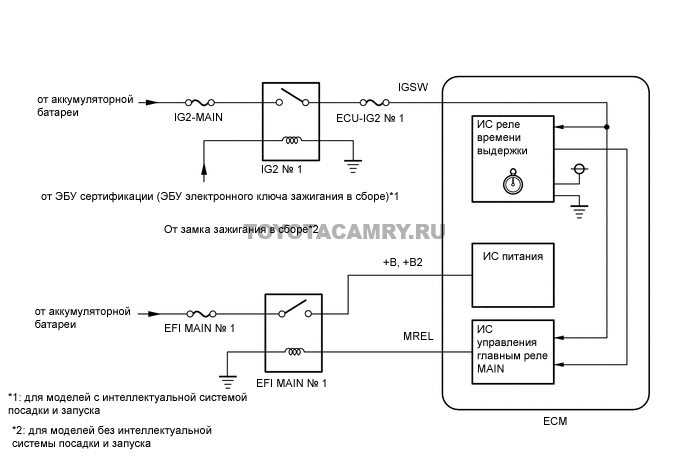
Roofing films
roofing membrane
The vapor permeability of roofing membranes is tested by various methods under certain laboratory conditions such as temperature, pressure and air humidity. It is difficult to obtain identical conditions in such studies, so the values given in this way are not entirely reliable. Vapor permeability is usually given in units of g/m2/day, which means the amount of water vapor in grams that will pass through a square meter of foil per day. A more accurate indicator of the vapor permeability of the foil is the diffusion resistance coefficient Sd, expressed in meters (it represents the thickness equivalent to the diffusion of the air gap). If Sd = 0,02 m, this means that the material creates resistance to water vapor created by a 2 cm thick air layer. Vapor permeability? this is the amount of water vapor that the roofing film (fleece, membrane) is able to pass under certain conditions. Is this water vapor carrying capacity high one way (negligible the other)? therefore it is very important to lay the foil on the roof with the right side, most often with the inscriptions up, so that water vapor can penetrate from the inside to the outside. Roofing film is also referred to as underlayment film because it can replace traditional tar paper coated cladding. They are designed to protect the roof structure and the insulating layer from rain and snow falling under the cover. It is also assumed that the heat will not be blown away from the thermal insulation layer, so it must also protect from the wind. And finally? is to remove excess moisture that can get onto the layers of the roof from the inside of the house (in this case, you should always proceed from the assumption that water vapor will penetrate into these layers due to various leaks). The last function of the foil? its permeability? seems to be the most important criterion when choosing the type of roofing film from a wide range of manufacturers. The film is considered highly vapor permeable when Sd <0,04 m (equivalent to more than 1000 g/m2/24h at 23°C and 85% relative humidity). The smaller the Sd coefficient, the greater the vapor permeability of the film. According to vapor permeability, groups of films with low, medium and high vapor permeability are distinguished. less than 100 g/m2/24 h? low vapor permeable, up to 1000 g/m2/24h – medium vapor permeable; the Sd coefficient is 2–4 m; when using them, it is necessary to maintain a ventilation gap of 3–4 cm above the insulation to prevent moisture from entering. Films with high vapor permeability can be laid directly on the rafters and come into contact with the insulating layer. The weight and resistance of roofing membranes to ultraviolet radiation affect the durability of the material. The thicker the foil, the more resistant it is to mechanical damage and the damaging effects of solar radiation (including ultraviolet? UV). The most commonly used films are 100, 115 g/m2 due to the optimal ratio of weight to mechanical strength and vapor permeability. Films with high vapor permeability are resistant to UV rays for 3-5 months (with low vapor permeability 3-4 weeks). Such increased resistance is achieved due to stabilizers - additives to the material. They are added to protect films from rays penetrating through gaps (or holes) in the coating during operation. Additives that slow down the harmful effects of solar radiation should provide many years of use of the material, and not force contractors to treat roofing film as temporary roofing for several months. A measure of the water resistance of a foil is the resistance of the material to the pressure of the water column. It must be at least 1500 mm H20 (according to the German standard DIN 20811; in Poland, water resistance is not tested according to any standard) and 4500 mm H20 (according to the so-called. methodology kinetycznej). Are pre-cover transparencies made of plastic? made of polyethylene (hard and soft), polypropylene, polyester and polyurethane, so they are strong and resistant to deformation. Reinforced three-layer films are often used, which have a reinforcing layer of mesh made of rigid polyethylene, polypropylene or fiberglass between polyethylene. Thanks to this design, they are not subject to deformation during operation and due to aging of the material. Films with an anti-condensation layer have a viscose-cellulose fiber between two layers of polyethylene, which absorbs excess water vapor and releases it gradually. The latter films have very low vapor permeability. Roofing membranes (non-woven materials) also have a layered structure. The main layer is a non-woven polypropylene covered with polyethylene or a microporous polypropylene membrane, sometimes reinforced with a polyethylene mesh.

